10 reasons to visit Bhutan, the land of gross domestic happiness!
How often does a country measure its progress by how happy its citizens are? Bhutan, not particularly popular until a decade ago, is now the world’s hottest tourist destination.
So, one November, my husband and I landed in Paro. On the flight from Kolkata, the snowcapped Himalayas appeared outside our plane window, a teaser for the delights Bhutan was going to bring us.
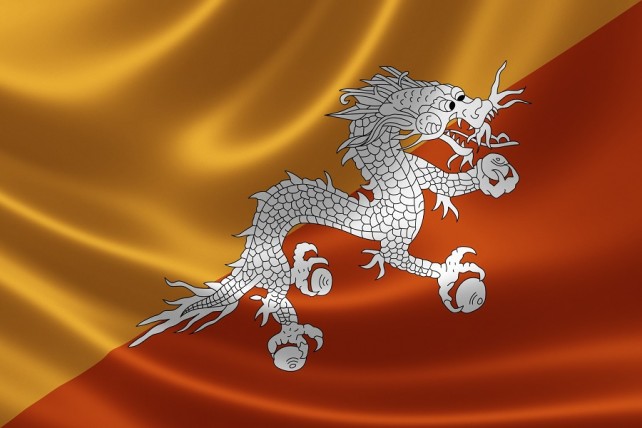
Here are my 10 reasons why you should visit Bhutan
1. The people
Everybody is endearingly humble. One day, our driver suddenly stopped the car as a mark of respect for the Queen, who was in the car ahead of us. I was wowed, not so much by his gesture as by the absence of red lights, sirens or a security entourage. And the royal vehicle wasn’t anything ostentatious, just a regular luxury car.
Our guide remarked: “We are happy with what we have. We are modern but not materialistic. There’s a difference between the two.”
The Bhutanese are very soft-spoken – a rare quality elsewhere, these days – and were invariably taken aback if we talked loudly.
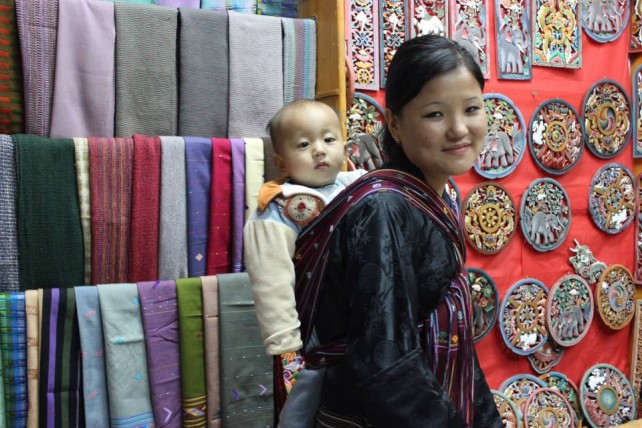
2. The natural beauty
Depending on the season, you get to see lush greenery or enjoy the beauty of snow. We opted for the autumn, and it was lovely. I’m going to let my pictures do the talking here!
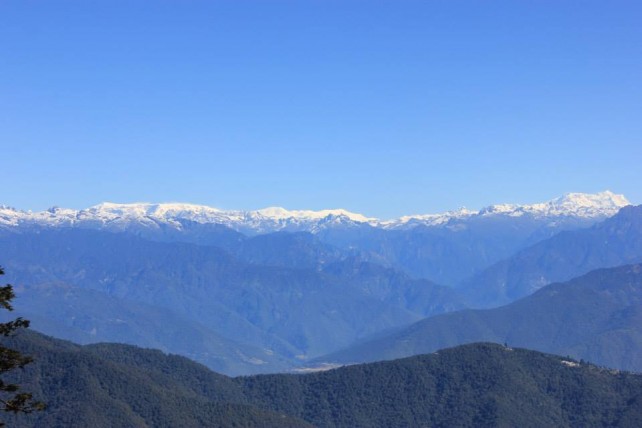
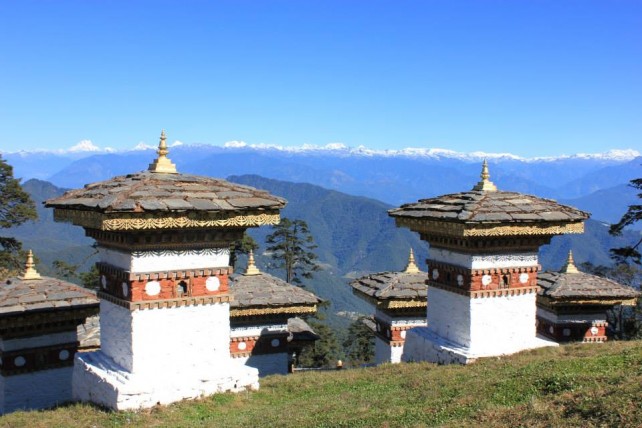
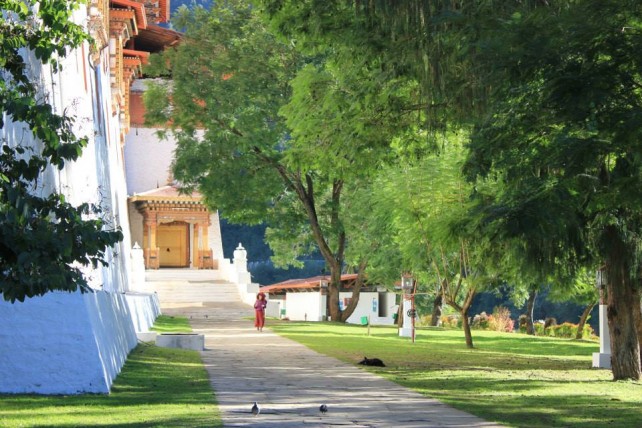
3. The food
Ask for veggies or meat in thupka, a noodle soup. The delicious national dish, ema datsi, features fiery chilies in a cheese sauce. And have yourself a shot of arra, a spirit distilled from grains, and sura, the salted butter tea. The Bhutanese are into organic farming. Expect at least a half hour wait at restaurants since the local food safety regulations forbid the serving of pre-cooked food.
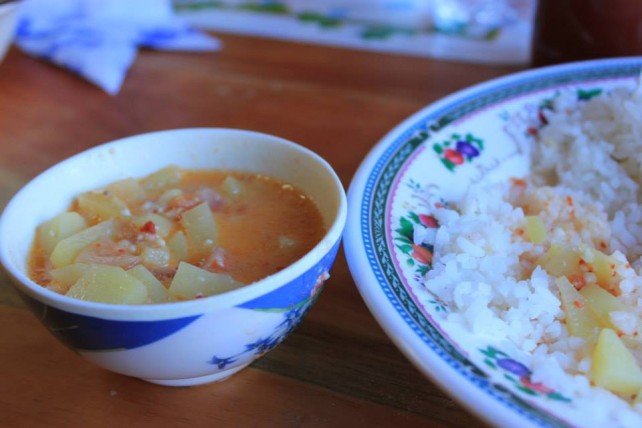
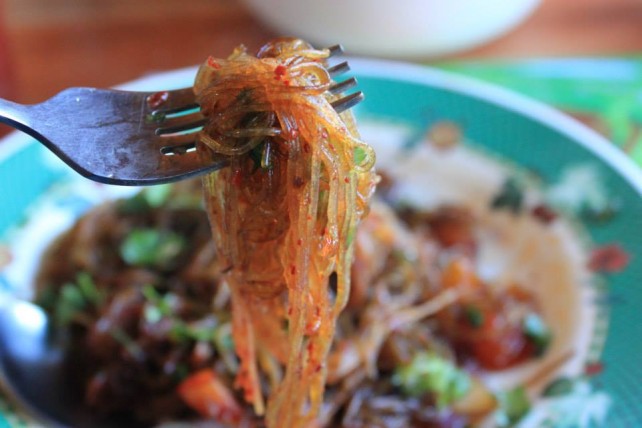
4. The dzongs, chortens and monasteries
The dzongs, ancient fortresses, are architectural masterpieces that have become centres of religious and cultural activity. I recommend Punakha Dzong, Simtokha Dzong near Thimphu, Chimi Lhakhang (a fertility temple in Punakha), and Kyichu Lhakhang in Paro.
You’ll see monks busying themselves with religious studies, painting the walls, or simply enjoying a chat. You can take pictures in the courtyards but not near the altars. Women need full-sleeved tops and trousers. Avoid shorts, hats and sunglasses.
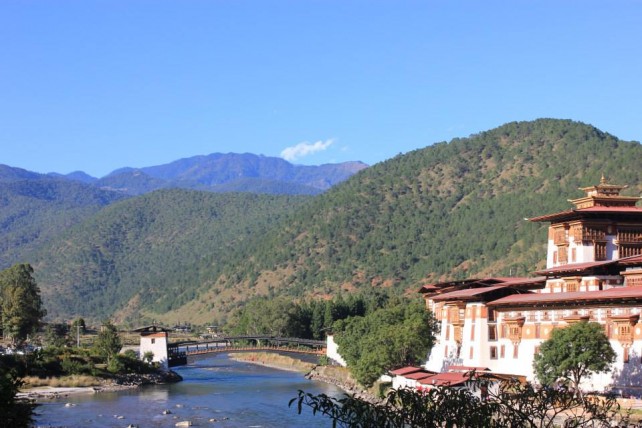
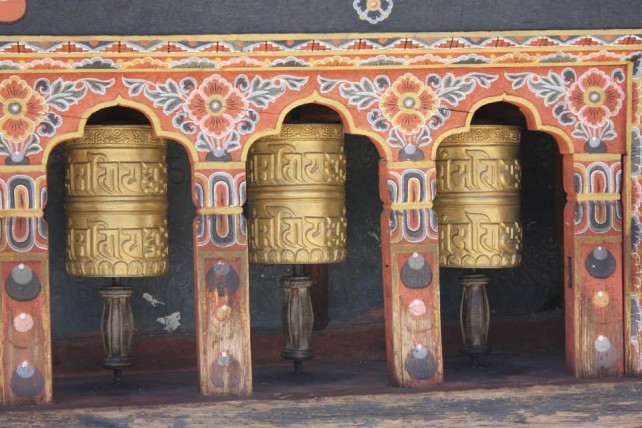
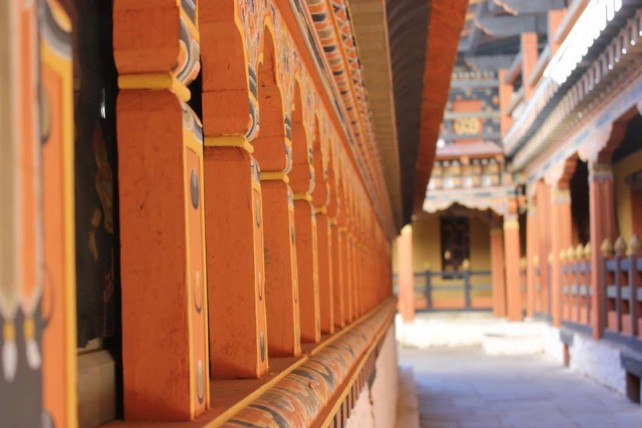
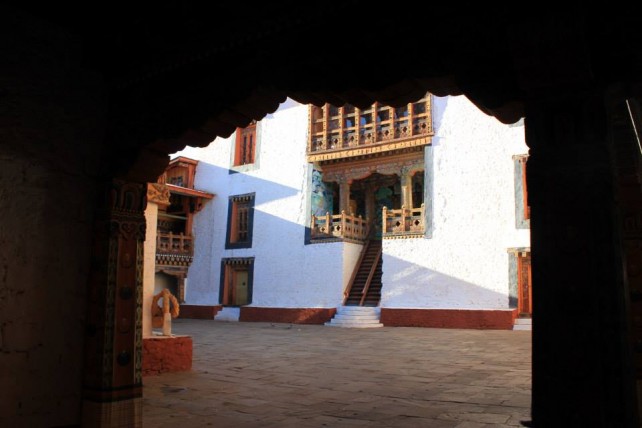
5. An artists’ haven
The Bhutanese show an instinctive understanding of art. From the splendid monasteries to private homes, the colours, patterns and attention to detail are simply amazing. To keep this unique art tradition alive, one member of each family studies art at the national university.
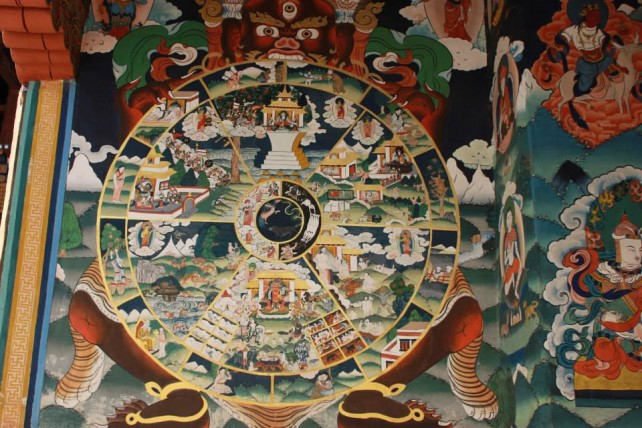
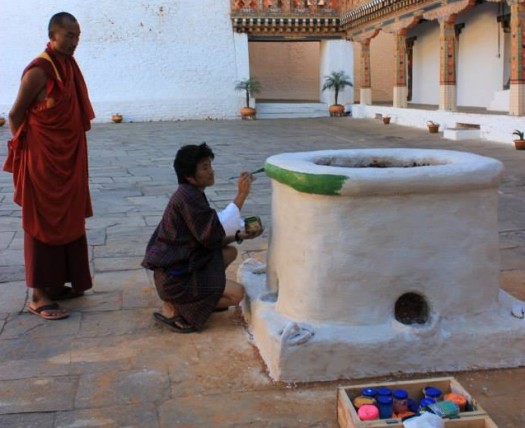
6. People abide by the traditions and laws
The citizens are law abiding. Thanks to a robust social security system, the crime rate is almost zero.
It’s mandatory for those living in the capital or visiting holy places to wear traditional Bhutanese dress, which adds much to the country’s picturesque quaintness. Men wear the gho, a knee-length robe tied with the kera belt. Women wear the longer kira, a jacket called the tego, and an inner layer known as the wonju.
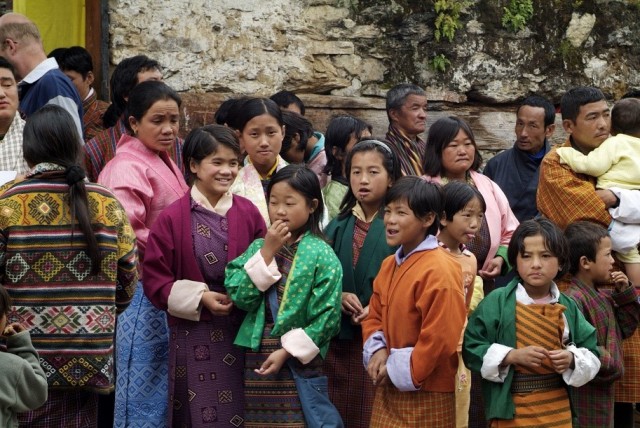
7. The religious and cultural festivals
Locally known as tshechu, these festivals are held in several parts of the country as a tribute to spiritual masters, to purify the soul or ward off evil spirits.
There are exotic dances where performers wear ornate masks and costumes, each with a symbolic significance. The mood is wonderfully upbeat and the locals dress in ethnic finery.
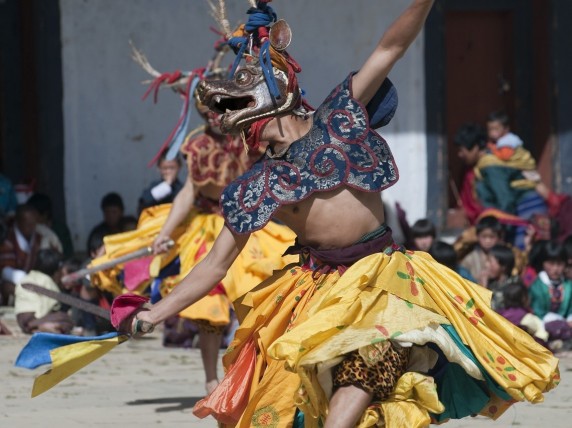
8. Appreciating the little everyday things
Start a friendly conversation and feel the rhythms of everyday Bhutanese life. In the late evenings, I watched vendors feeding stray dogs meat soup. Chat with vegetable sellers, buy a local newspaper, enjoy a leisurely cup of tea. Terraces and balconies are festooned with chillies or meat being dried for the winter, and young boys practice archery, a popular sport in Bhutan.
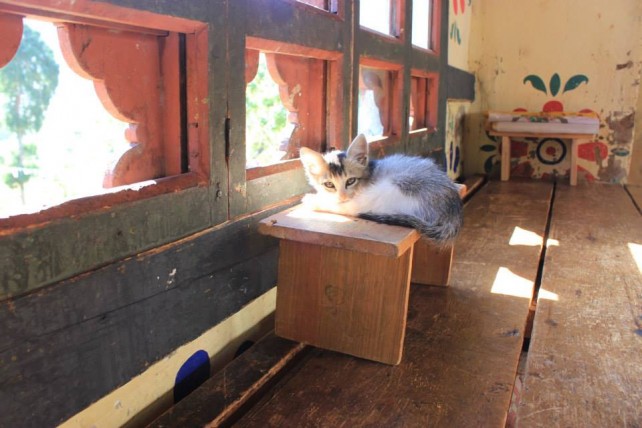
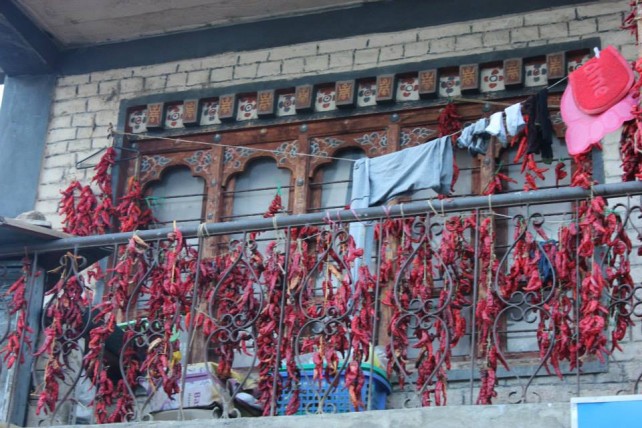
9. The trek to Tiger’s Nest Monastery
This 16 km trek can get steep in sections and should ideally be undertaken at the end of your trip when you’ve more used to the altitude. Ponies are available till halfway up the flag-lined path, where a café offers refreshments.
Once there, you’re surrounded by nature’s beauty, peace, fluttering prayer flags and the reverberation of prayers.
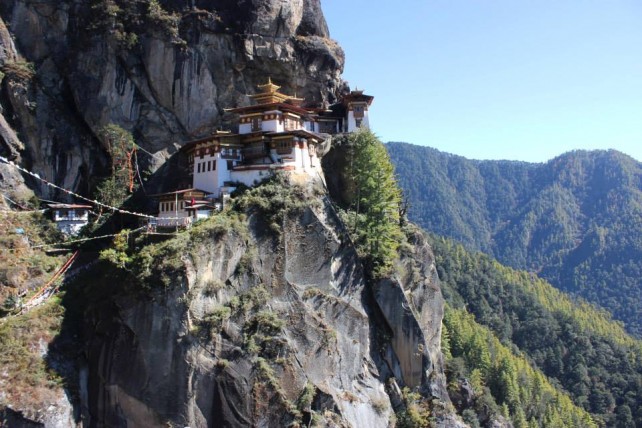
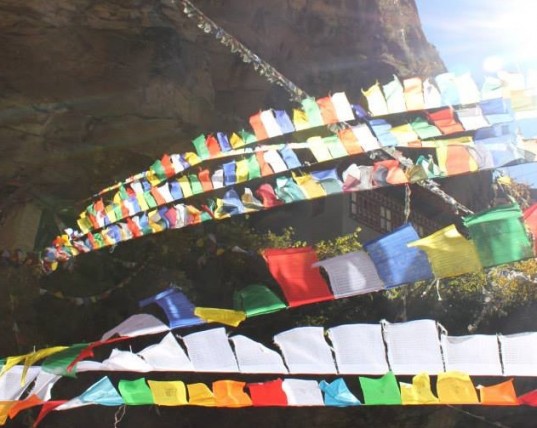
10. Beautiful souvenirs
From woven fabric and wooden masks to Buddha figurines and prayer flags, you have options galore. We also loved the thangkas, bright silk appliqué wall hangings depicting Buddhist deities or scenes from the scriptures and folktales. The flags are around 100 rupees each, and thangkas cost between 1500 and 2000 rupees.
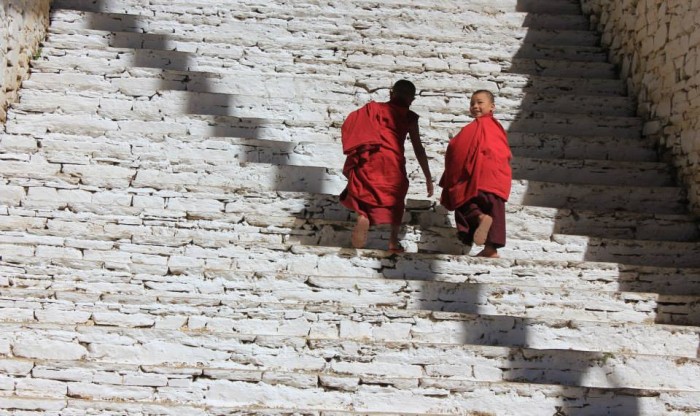
Take home memories of a country that values happiness and peace more than anything in the world. You’ll learn to live more on less!

OMG-inducing, share-compelling, like-attracting, clutter-breaking, thought-provoking, myth-busting content from the country’s leading content curators. read on...
